Stop Amending the Soil! How to Plant With Nature

by
The Garden Frog with C Renee
(IC: blogger)
For years I did as the experts said and amended the soil when I planted new perennials, shrubs, or trees. I spent money on bags of compost/manure, peat, soil, etc to try and turn my VA red clay soil into fertile ground. for the most part, I had good success but nothing to brag about...
I have a green thumb so I grow many things but I spent time fertilizing and amending the soil to have beautiful plants but I just felt like I was spending too much money and time...
until about 3 years ago when I realized that many plants just did not perform as well as when I would not amend the hole because I felt lazy and did not want to mix up any amendments. I want you to know that I do NOT have good soil. I have VA red clay in most areas of my 1/4 acre lot which has rocks and the pliability to mold a brick. After 5 years though of mulching layers 4" thick, I have nice beautiful soil about 3 inches down. However, when you dig about 6" deep I end up hitting my shovel on river rocks and sometimes I end up digging holes that holds water for a day.
I also do not follow the rules of man. I follow what nature shows me.
I do not worry about digging a hole twice the size. Who came up with that anyway? The most important, yes the most important thing you can do for a plant that you put in the ground is the massage and release the roots.
The 2nd most important thing to do for your new plant is to make sure the hole is NOT too deep! Planting a perennial, annual, shrub, or tree too deep will most often times kill it. (There are exceptions like tomatoes) You will not kill a plant by not burying it deep enough which sometimes happen if you hit a tree root or some other object and cannot quite set it in the ground to the depth it is in the pot.
3rd most important thing is watering! and I have to add-
soak the plant in either a tub or bucket to make sure the root ball is moist especially if it is rootbound. Do not worry so much if the roots are loose and easily manipulated and spread apart. Note: just soak it for an hour or even half a day but not for extended periods because too much water is just as bad if not worse than not enough for many plants.
I dig a hole about 2" larger around for a 8" pot and up about 2-3" more for each size of pot. So if you are planting a #5 gall pot I go about 8-10" out and around so that I can take the soil I took out of the hole and chop it up and work it with my hands to free it from clumps-aerating so to speak-this dirt goes back in the hole along with any dirt that fell off the plant and out of the pot. No fertilizer, no amendments. I only dig down an inch or two because I do not want the plant too low in the hole so that when I put the ground up dirt back in the bottom of the hole for the plant to rest on.
Now, this does not apply to sod or growing grass. I will write about how to have a beautiful lush lawn for about $10 a month in the next post. Growing green grass under Oak trees is a whole other ball game!
Now, there are many who will disagree and that is okay because we each have our own way of doing things. There are rules that always apply but they really are not man made rules-zones, sun/shade, and hardiness that is really natures way of spreading the beauty and keeping things interesting. The individuals who put things in rows or arrange from short to tall...that is a human thing not a nature thing. I personally cannot stand things in rows. Drives me bonkers. Having evergreens for foundation plantings, well, that is something I have to do for my HOA rules and not a personal thing! But my bed that extends from the corner of house and to the driveway and down the drive is my idea of how nature would work if she were a 'landscaper'. I love color, texture, and varying heights. If you walk in the 'woods', the ferns do not tell the grass to step back and grow behind it. My side yard is a culmination of many shade plants in colors, textures, and heights and they are randomly planted where I find a hole or next to another that makes the color of another POP.
The picture is currently my front yard with only Iris and Salvia blooming. Soon the coneflowers, black eyed susans, and daylilies will do their thing along with peonies, and who knows what else I put in there! this fall the Sedum will hold their own and so will the mums. I will update this post as flowers emerge.
My 2nd pic is currently of my side yard shade beds on the right of the house where you will see all kinds of hosta, coral bells, columbines, foam flowers, ferns, toad lilies and whatever else pops up!
Gardening is not about the rules but about the passion. If I listened to someone when they told me I could not grow that there, then my yard would be boring! Try new things and do not think in rows and think outside the box. Mother Nature scatters her seeds in the wind and they grow where they will. Create your palette with this in mind!
Happy gardening!
I have a green thumb so I grow many things but I spent time fertilizing and amending the soil to have beautiful plants but I just felt like I was spending too much money and time...
until about 3 years ago when I realized that many plants just did not perform as well as when I would not amend the hole because I felt lazy and did not want to mix up any amendments. I want you to know that I do NOT have good soil. I have VA red clay in most areas of my 1/4 acre lot which has rocks and the pliability to mold a brick. After 5 years though of mulching layers 4" thick, I have nice beautiful soil about 3 inches down. However, when you dig about 6" deep I end up hitting my shovel on river rocks and sometimes I end up digging holes that holds water for a day.
I also do not follow the rules of man. I follow what nature shows me.
I do not worry about digging a hole twice the size. Who came up with that anyway? The most important, yes the most important thing you can do for a plant that you put in the ground is the massage and release the roots.
The 2nd most important thing to do for your new plant is to make sure the hole is NOT too deep! Planting a perennial, annual, shrub, or tree too deep will most often times kill it. (There are exceptions like tomatoes) You will not kill a plant by not burying it deep enough which sometimes happen if you hit a tree root or some other object and cannot quite set it in the ground to the depth it is in the pot.
3rd most important thing is watering! and I have to add-
soak the plant in either a tub or bucket to make sure the root ball is moist especially if it is rootbound. Do not worry so much if the roots are loose and easily manipulated and spread apart. Note: just soak it for an hour or even half a day but not for extended periods because too much water is just as bad if not worse than not enough for many plants.
I dig a hole about 2" larger around for a 8" pot and up about 2-3" more for each size of pot. So if you are planting a #5 gall pot I go about 8-10" out and around so that I can take the soil I took out of the hole and chop it up and work it with my hands to free it from clumps-aerating so to speak-this dirt goes back in the hole along with any dirt that fell off the plant and out of the pot. No fertilizer, no amendments. I only dig down an inch or two because I do not want the plant too low in the hole so that when I put the ground up dirt back in the bottom of the hole for the plant to rest on.
Now, this does not apply to sod or growing grass. I will write about how to have a beautiful lush lawn for about $10 a month in the next post. Growing green grass under Oak trees is a whole other ball game!
Now, there are many who will disagree and that is okay because we each have our own way of doing things. There are rules that always apply but they really are not man made rules-zones, sun/shade, and hardiness that is really natures way of spreading the beauty and keeping things interesting. The individuals who put things in rows or arrange from short to tall...that is a human thing not a nature thing. I personally cannot stand things in rows. Drives me bonkers. Having evergreens for foundation plantings, well, that is something I have to do for my HOA rules and not a personal thing! But my bed that extends from the corner of house and to the driveway and down the drive is my idea of how nature would work if she were a 'landscaper'. I love color, texture, and varying heights. If you walk in the 'woods', the ferns do not tell the grass to step back and grow behind it. My side yard is a culmination of many shade plants in colors, textures, and heights and they are randomly planted where I find a hole or next to another that makes the color of another POP.
The picture is currently my front yard with only Iris and Salvia blooming. Soon the coneflowers, black eyed susans, and daylilies will do their thing along with peonies, and who knows what else I put in there! this fall the Sedum will hold their own and so will the mums. I will update this post as flowers emerge.
My 2nd pic is currently of my side yard shade beds on the right of the house where you will see all kinds of hosta, coral bells, columbines, foam flowers, ferns, toad lilies and whatever else pops up!
Gardening is not about the rules but about the passion. If I listened to someone when they told me I could not grow that there, then my yard would be boring! Try new things and do not think in rows and think outside the box. Mother Nature scatters her seeds in the wind and they grow where they will. Create your palette with this in mind!
Happy gardening!
The location of where this shrub is going.
Took the shovel and skimmed off the weeds/grass
Red Va clay filled with rocks.
I put the pot in the hole and it is about 2-3" larger than the pot and the dept of the pot
The roots are not as tight as some but the same principle applies. You need to loosen up the roots so they know that they are not in the pot.
I take my fingers and pull the roots out of the bottom and keep moving around the root ball
The roots are becoming loose now.
Just make sure all roots are loosened on the outside. If they are too tight from being too rootbound, you can make a slice or two at the bottom where my fingers are and then work the roots apart
I took the shrub out of the pot and found the hole was too deep. Put in the crumbled soil I took out
Make sure the plant is at the same level as the ground!
fill in with the dirt and make sure it is crumbled so that you can fit it in tightly with no holes around the plant. You want the dirt to be compact but not hard so water can penetrate and the there are no air holes (which can also kill a plant)
Iris are almost done and Salvia is going strong. There are small hydrangeas in there where you see the blank spots. This bed was done last spring/summer -no amending and with many plants from the markdown rack. Many of the daylily and Iris were divided from my own stock
My side yard. where the Iris are there is about 4-6 hours of sunlight sporadically throughout the day.
The left side of house where the Weigela and Emerald Green Arborvitae get about 6 hours of sun. and my faux wrought iron fence where Henryii clematis are climbing
Enjoyed the project?

Want more details about this and other DIY projects? Check out my blog post!
Published May 12th, 2014 3:01 PM
Comments
Join the conversation
4 of 44 comments
-
I live in New Engalnd and have acidic sandy soil with lots of rocks (seems we all do ). I've amended the soil and all it does is eat it up. So now I dig a hole the plant will fit in, add some compost, manure, leftover soil from other plantings and wait and see how it does. Water when needed, toss Coffee grounds, egg shells, fruit peels around the plants. Plant not happy where it is, I move it.
 Audrey Brow Stapleford
on Jun 28, 2015
Audrey Brow Stapleford
on Jun 28, 2015
-
-
So true. I learned so much over the years...and the most important thing was water and sun where needed. Always get rid of the 'dead'...basic rules and my plants thrive..and I have very dry, sandy soil...I always fill the hole with water that new plant is going in. That's all I've ever done when planting new 'stuff'. Good sound advice! Thanks for sharing
 Marie R
on May 06, 2016
Marie R
on May 06, 2016
-
Thanks for stopping. Working with nature is what gardening is about
 The Garden Frog with C Renee
on May 06, 2016
The Garden Frog with C Renee
on May 06, 2016
-
-



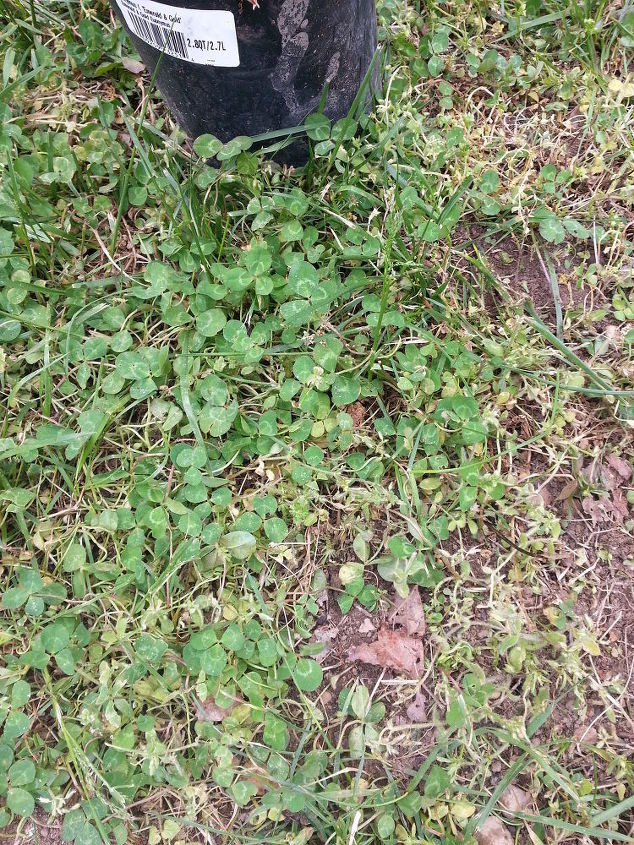


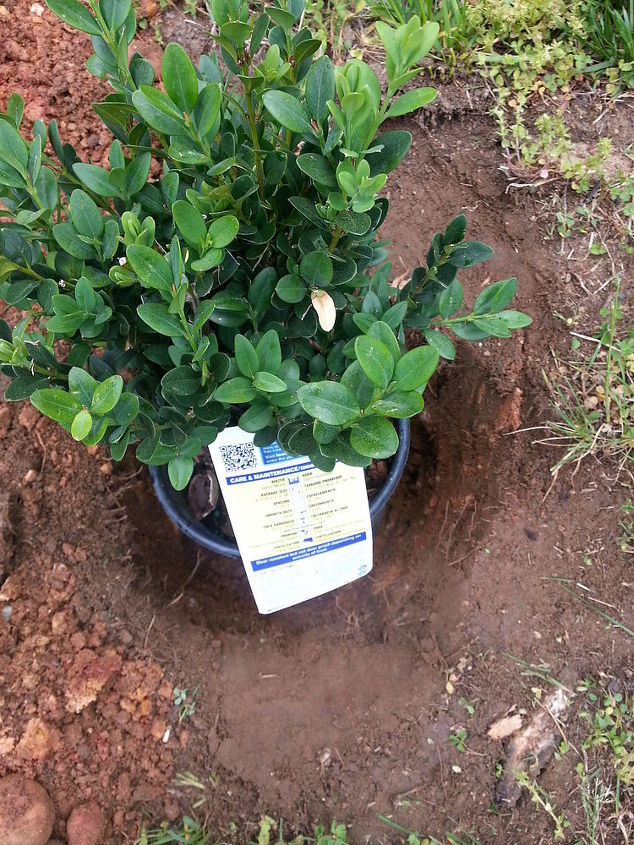
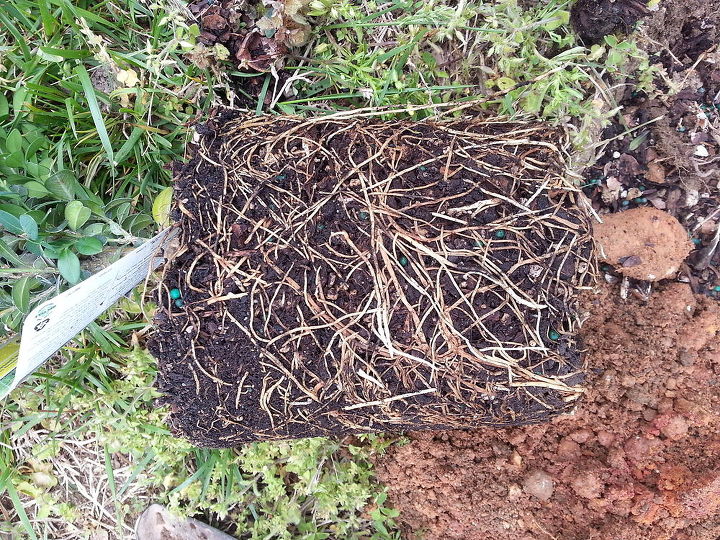


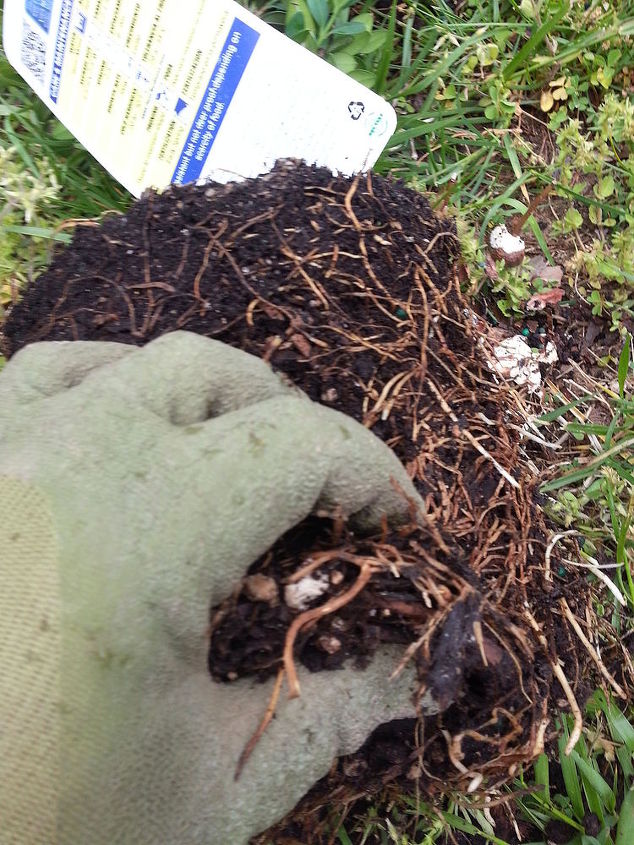
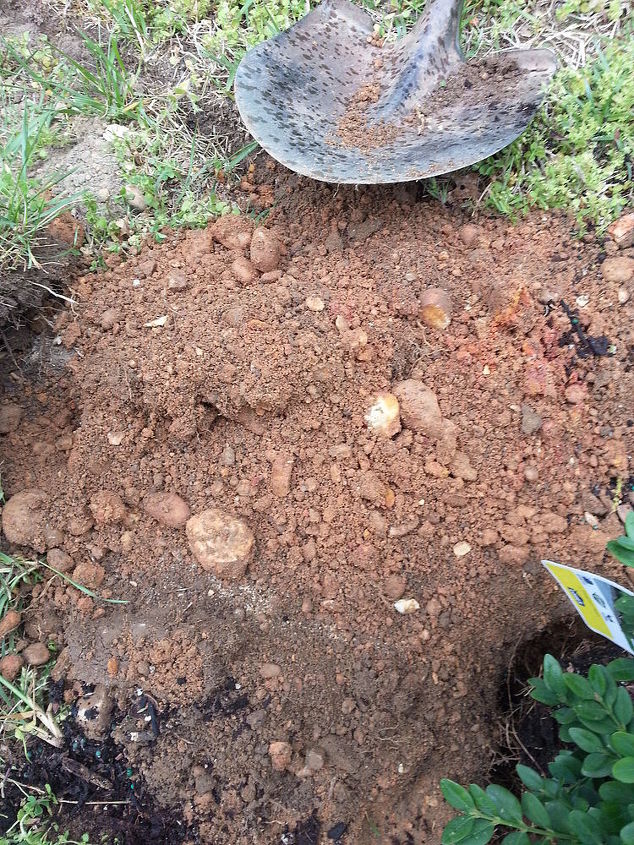
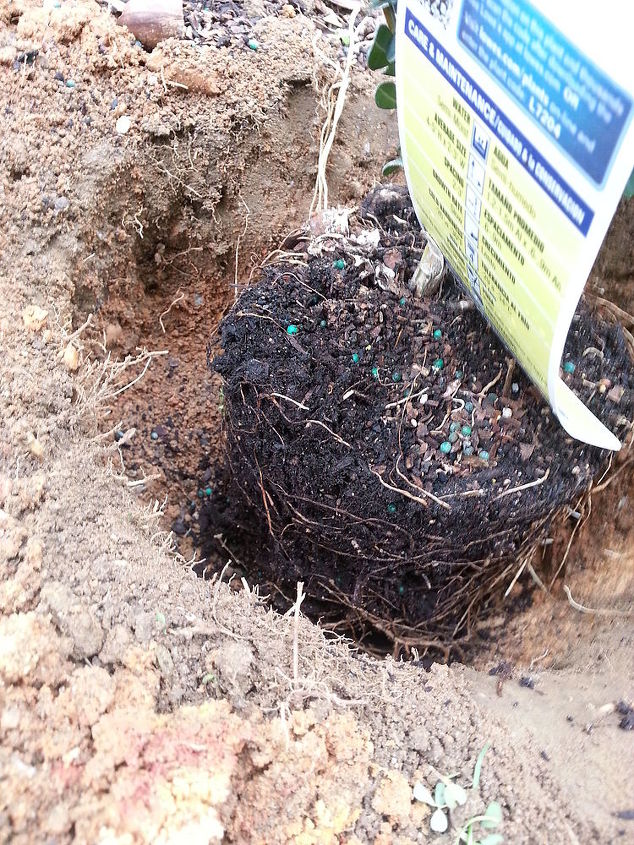

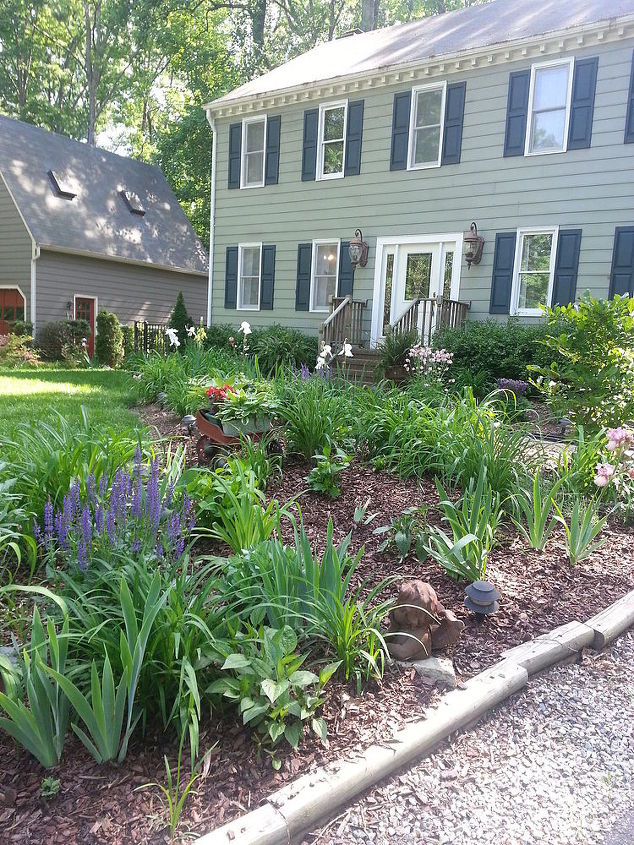

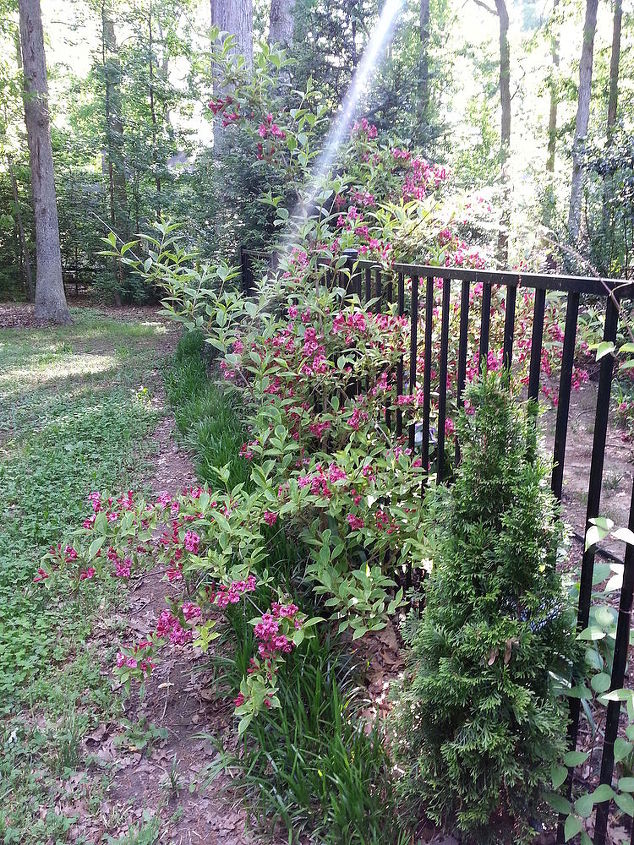
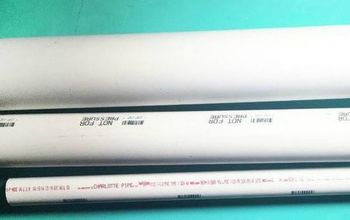






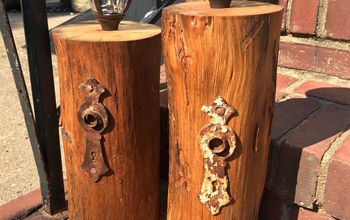



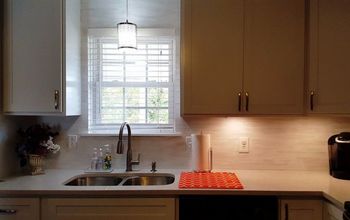



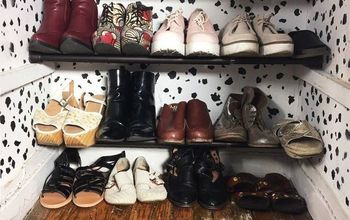


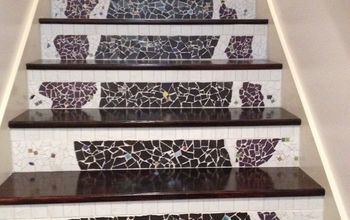

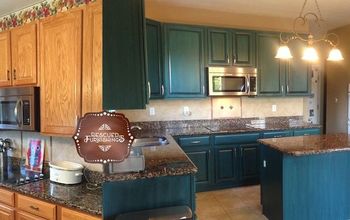

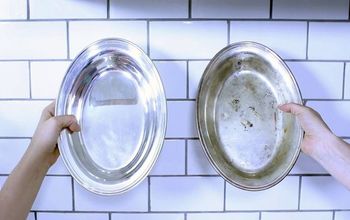
Frequently asked questions
Have a question about this project?